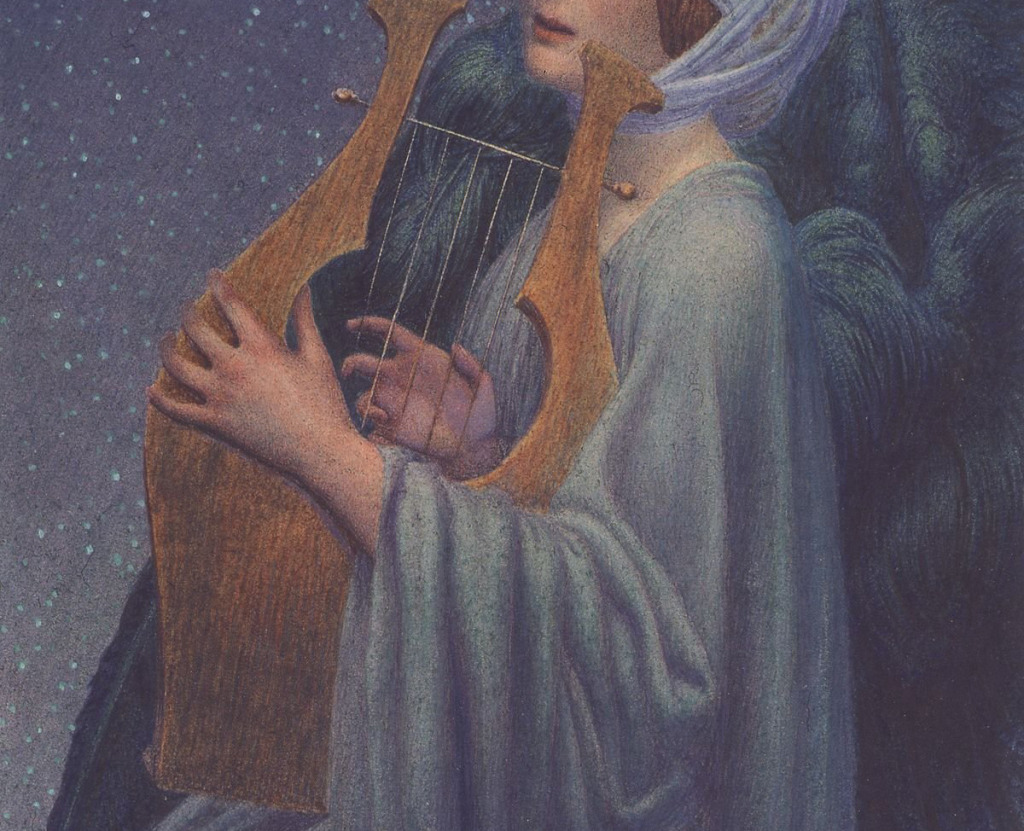Did you know that the words ‘fiction’ and ‘dough’ are closely related? Read on to find out how, and for more eye-opening information about the origins of common literary terms.
1. Scene
It probably doesn’t surprise you that before the word ‘scene’ was applied to literature in general, it was solely a theatrical term that meant the “subdivision of an act of a play” or “stage-setting.” ‘Scene’ is derived from the Greek skene, which came to mean “wooden stage for actors,” and “that which is represented on stage,” though it originally meant “tent or booth.” More surprising is that ‘scene’ is related to the Greek skia, meaning “shadow or shade,” via the notion of “something that gives shade.” Skia comes from the Proto-Indo-European root skai-, meaning “to shine, flicker, glimmer.” It’s interesting to think of scene as a particular distribution of light and shadow.
The use of ‘scene’ as a “place in which the action of a literary work occurs” and in the general sense of a “place where anything is done or takes place” is recorded from the 1590s on.
2. Narration

‘Narration’ comes directly from the Latin narrationem: a noun of action from the past participle stem of narrare, which literally means “to make acquainted with,” and is derived from gnarus, meaning “knowing.” ‘Narration’ is rooted in the idea of omniscient authority, so in a sense, an unknowledgeable, misguided narrator is oxymoronic.
3. Fiction
The word ‘fiction’ comes directly from the Latin fictionem, meaning “a fashioning or feigning,” and from the past participle stem of fingere, which came to mean “to shape, form, devise, feign” from its original meaning of “to knead, form out of clay.” A cognate (a word derived from the same root) of ‘fiction’ is the Old English dag, meaning “dough.”
Also interesting is that a cognate of ‘dough’ is the Sanskrit dehah, meaning “body” or “that which is formed.” Another cognate of ‘dough’ is the Gothic deigan, meaning “to smear.”
4. Character
In the mid-fourteenth century, our ‘character’ was spelled as ‘carecter‘ and meant a “symbol marked or branded on the body.” In the mid-fifteenth century, the meaning changed to a “symbol or drawing used in sorcery.” ‘Character’ is derived from the Greek kharakter: an “engraved mark” or a “symbol or imprint on the soul.” ‘Character’ can also be traced back to the Greek terms kharassein and kharax, meaning “to engrave” and “pointed stake,” respectively. The Proto-Indo-European root of ‘character,’ gher-, literally meant “to scrape, scratch,” but was extended in ancient times to its metphorical meaning: “a defining quality.”
The sense of ‘character’ as the “sum of qualities that define a person,” arrived in the 1640s. The literary sense of ‘character’ that we use today, a “person in a play or novel,” is recorded as far back as the 1660s when it was used in reference to the “defining qualities” provided by the author. ‘Character’ used as “a person” in the abstract and as an “eccentric person” dates back to the mid-to-late 1700s.
5. Lyrical
We see the word ‘lyrical’ used frequently in creative nonfiction these days. In contemporary literary circles, the term describes a piece of writing that is structurally nonlinear and non-narrative in the sense that the guiding voice doesn’t present events in a typical sequence. ‘Lyrical’ comes from the Middle French lyrique, which denoted a “short poem expressing personal emotion.” ‘Lyrical’ also has roots in the Latin lyricus, meaning “of or for the lyre,” and the Greek lyrikos, meaning “singing to the lyre.”












